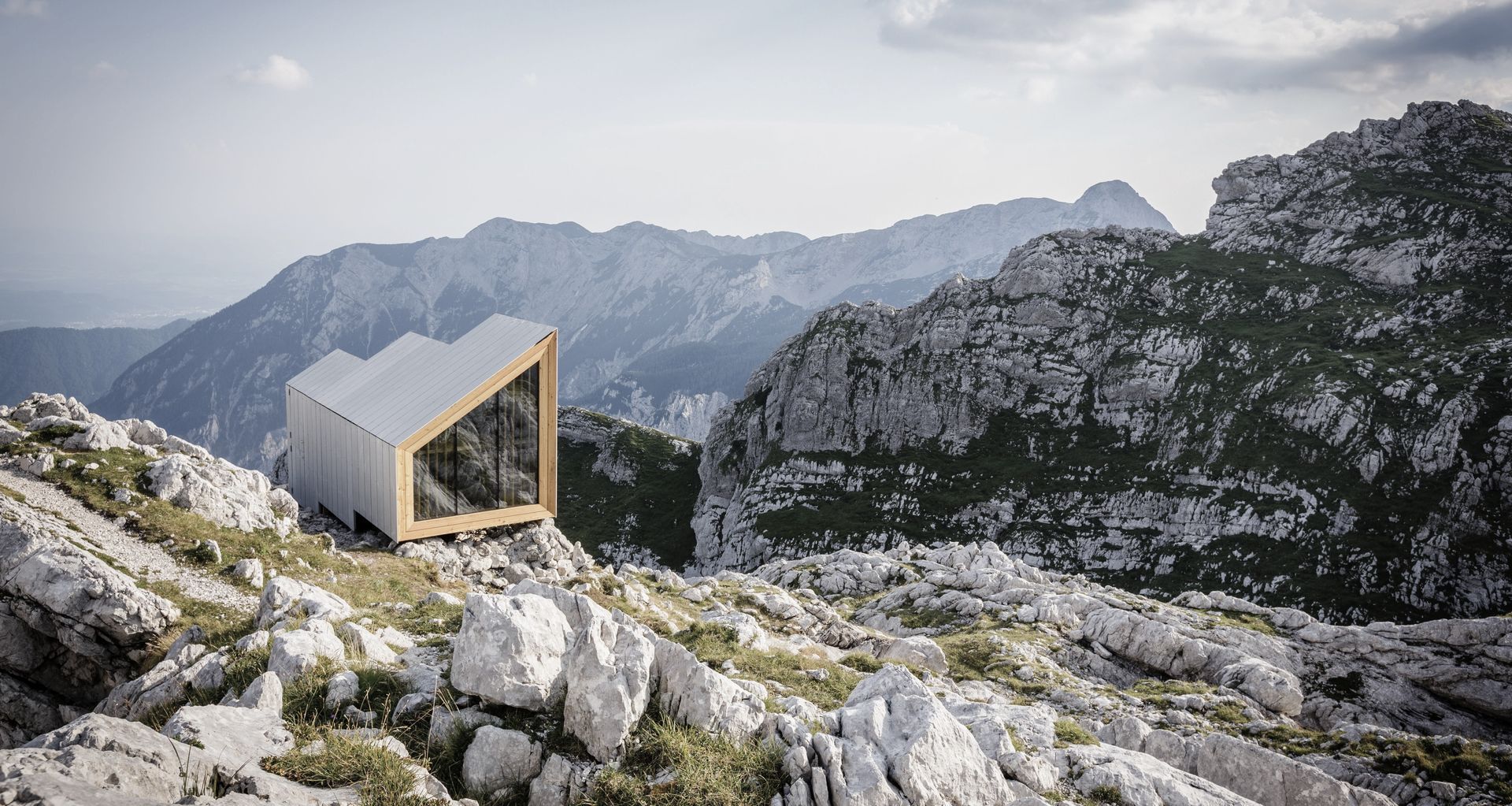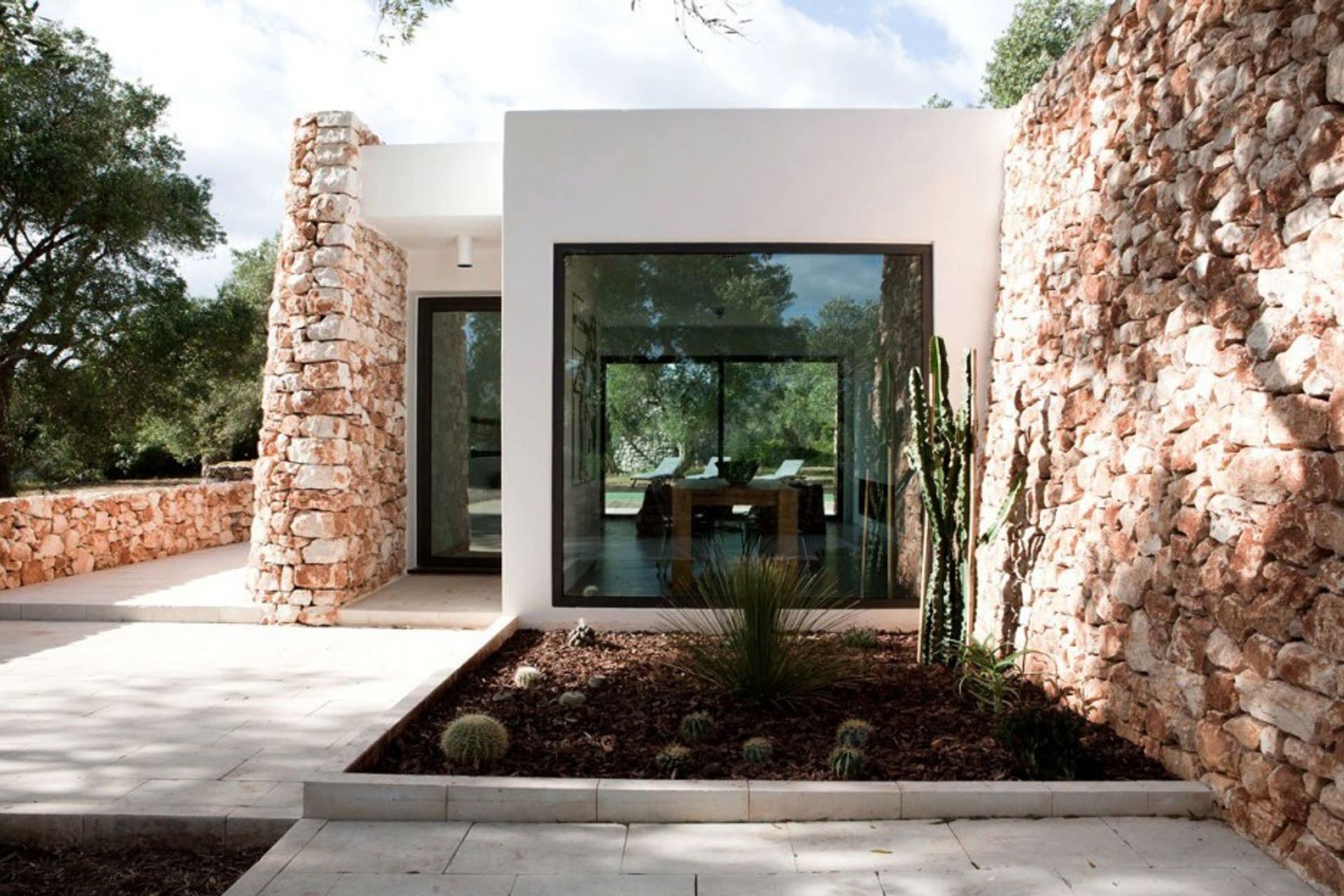The 5 latest cladding trends architects are using
Written by
16 February 2022
•
3 min read

1. Seamless aluminium from roofs to walls
In the past few years architects have been drawn to sharper, cleaner lines and strong geometry in architecture. First we saw eaves disappear with the popular "gable form" monopoly style home, but to further enhance this picture-book look, aluminum cladding is now being used seamlessly on roofs and walls for an uninterrupted clean-lined look.
The profile that is proving most popular is the "euro" or "tray" profile, which features a pared back linear form with widely spaced ridges. The trick to incorporating it is in the workmanship: make sure your builder has high attention to detail, because for this look to be successful it requires every line to match seamlessly.
2. Fluted surfaces not just for interiors
You may have noticed that Art Deco-style fluted glass has been a strong trend in interiors over the past year. Now we're seeing the emergence of this trend on exteriors, via imprinted surfaces and fluted masonry blocks. The appeal of this fine detailing gives otherwise blank surfaces a fine detail and textural interest, and it's being used not only for structural elements, but for outdoor fireplaces and hard landscaping too.

3. Print it out
You'd have to have been under a rock not to have heard the news that 3D printed homes are really taking off. The instantly created walls have an organic, textured surface and express architectural curves beautifully. The tactile surface plays right into the trend for biophilia in architecture and we pick that this trend is only going to become more popular with time as architects and designers explore the infinite possibilities it offers.
4. Rock on
The architectural zeitgeist is championing both geometry and texture, and what better way to encompass both trends than with a natural stone cladding? But this trend is no longer limiting architects to the traditional schist or slate cladding that we've seen for years, the door is now open to a huge range of stone that comes in hues from inky black to terracotta pink and everything in between. Combine smooth sharp shapes and surfaces and contrast them against curves and stone-clad walls – the only limit is your imagination!
5. Panels that act as a skin
The popularity of cedar cladding in New Zealand architecture has been enormous in the past decade. It's perfect for expressing sharp shapes and lines on exterior walls. But when you want a seamless look on both exterior walls and roof that sits flush to the building, you'll need to consider a product that imitates the character of cedar, and yet has waterproof qualities. Enter glassfibre concrete panels, that come in a range of colours and textures and can be designed to meet seamlessly at joins, negating the need for multiple materials. The other bonus to this type of slender, skin-like cladding is that maintenance is very minimal, perfect if you're on a tricky-to-reach or steep site.
Explore the latest cladding products on ArchiPro.




